1. The Nguyen Dynasty - the last monarchy in Vietnamese history - left many valuable legacies to posterity, including the Chau Ban. This is a system of administrative documents formed during the state management activities of the government apparatus, including documents issued by the Emperors and documents submitted by agencies in the government system to the Emperor for approval in red ink.

This system of documents was assigned to the Nguyen Dynasty Cabinet to collect and manage in a unified block of court documents. This is the only original administrative document in Vietnam, among the few in the world that still retains direct handwriting approval, bearing the "royal approval" and "royal review" stamps in red ink of the Emperor and the seal of the Nguyen Dynasty. The "royal approval" stamps are quite rich and include many types: Chau phe, Chau diem, Chau mat, Chau so, Chau cai, Chau quyen...
This exhibition features hundreds of pages of unique documents selected from the massive Nguyen Dynasty Royal Records currently stored at the National Archives Center I, including special documents published for the first time such as: Royal Records of Minh Mang 19 (1838); Royal Records of Tu Duc 12 (1859) showing the king's concerns about the hardships of his soldiers on the battlefield; The only Can Vuong Edict in the Nguyen Dynasty Royal Records dated June 12, Ham Nghi's first year (1885)...
According to the National Archives Center I, the reign of King Tu Duc (1848-1883) is the reign with the most royal documents preserved to this day. Viewers can see with their own eyes the royal writings of King Tu Duc. The royal documents show that Tu Duc was not only a king who loved literature, but also cared and worried about his soldiers on the battlefield, including the following passage: “Since the day the sea area had a war until now, our soldiers obeyed orders to go to the battlefield, having to endure the cold and heat all year round. I have never forgotten to look to the south... Governor Nguyen Tri Phuong has a loyal heart for the country, and is always loyal. Recently, there have been several days of rain and wind in the capital. I was in the palace and still felt a bit cold, let alone the wind and frost on the battlefield... so I wrote a seven-word poem, took off the cold-proof coat I was using, sent it along with the poem, and gave it to the fourth-rank guard to give to the governor...”.
2. Ms. Nguyen Hong Nhung - an officer of the Department of Document Value Promotion, National Archives Center I, said that hundreds of unique documents displayed this time are the result of research and declassification from the archive of more than 86,000 Nguyen Dynasty documents currently preserved at the center. Among them are documents published for the first time in an exhibition such as: Regarding the National Name, under the reign of King Tu Duc, our country once intended to name the country Dai Hoa with the good meaning of the word Hoa in Thanh Hoa , the birthplace of the Nguyen Dynasty, and Thuan Hoa, the place where the Nguyen Dynasty's career developed. However, this name has only stopped at the discussion stage and has not been implemented in practice.

There are also documents such as: the Minh Mang period affirmed that the founder Cao Hoang De (Gia Long) was the one who unified the country after hundreds of years of division; documents from the Tu Duc period gave posterity a more objective, multi-dimensional, and comprehensive view of the king's decisions and concerns for the country, and the hardships of his soldiers on the battlefield. In addition, King Tu Duc also sent people to secretly investigate and inquire about those who contributed to the uprising against the French to acknowledge their contributions. Previously, the strict policy of banning religion under King Minh Mang was considered by historians and some Western missionaries to be a "tyrant", but through the Nguyen Dynasty's records, it revealed the portrait of an emperor for the people with policies of "fighting natural disasters" and "fighting man-made disasters". His introduction of strict laws with strong deterrence was also for the country and the people, to ensure justice for the people...".
The exhibition space of “Cau Ban Trieu Nguyen - Memories of a Dynasty” also displays for the first time many documents with important historical imprints under the reign of King Minh Mang on contents such as: unification of the country, naming the country, establishing sovereignty , diplomatic relations, construction of the capital, economy - culture - education, social life, administrative institutions, legal system, examinations, books... Including the report of the Ministry of Finance in the 12th year of Minh Mang (1831) about obeying the king: “... All matters related to the benefits and harms of the people, or such as virtuous and evil officials and petitions that benefit the country and the people, must be fully reported...”. The reign of King Minh Mang also left many valuable Chau Ban related to the sovereignty of the two archipelagos of Hoang Sa - Truong Sa (16/19 Chau Bans were discovered and published under the reign of King Minh Mang), becoming books with important legal value until today.
Ms. Nguyen Hong Nhung also added: “In fact, the Chau Ban still has many valuable documents, but within the scope of this exhibition with 9 themes covering all the imprints left by the Nguyen Dynasty, the organizing committee only selected a number of typical and unique documents to display, the rest will continue to be “decoded”. There are still many documents related to the law with the Emperor's handwriting approval that have not been published, such as the handwriting of King Thieu Tri on the case of Ta Quan Le Van Duyet to cases involving civilians...”.
Dr. Rujaya Abhakorn - History expert, Goodwill Ambassador of the "Memory of the World" program in the Asia-Pacific region commented: "Although these precious documents are only a part of the remnants of wars and natural destruction, the original intact copies that remain have no doubt about their authenticity and uniqueness. This collection shows different aspects of the history of Vietnam, of the Southeast Asian region and an important part of world history...".

In recent years, the State Records and Archives Department has organized many exhibitions to promote the value of archival documents. However, this is the first time an exhibition has been held with the coordinated participation of many units in providing original artifacts as well as supporting some technological software.
Mr. Dang Thanh Tung - Director of the Department of National Records and Archives affirmed: "The Nguyen Dynasty's Royal Records are one of the special heritages of humanity. Because these are rare documents in the world that preserve many direct handwritings of the Emperors on documents. These notes, in addition to their content significance, demonstrating the role and power of the head of the country, also have extremely unique artistic values...".
Through the vicissitudes of history, war, natural disasters, weather... currently, the Nguyen Dynasty's Imperial Records still contains about 86,000 original documents of 11 Nguyen Dynasty kings: Gia Long, Minh Mang, Thieu Tri, Tu Duc, Kien Phuc, Ham Nghi, Dong Khanh, Thanh Thai, Duy Tan, Khai Dinh, Bao Dai. Of which, 10 kings left their approval in vermilion ink on the documents and 2 kings did not have Imperial Records: Duc Duc and Hiep Hoa due to their short reign.
According to the estimate of Professor Tran Kinh Hoa - a leading scholar in the study of the Nguyen Dynasty's Imperial Records, this number is estimated to be only 1/5 of the number of Imperial Records issued by the Nguyen Dynasty, the rest are mostly damaged, lost or in personal collections. With special values in terms of content and form, in 2014, at the General Conference of the "Memory of the World" Program held in Guangzhou (China), the Nguyen Dynasty's Imperial Records were honored by UNESCO as a Documentary Heritage of the Asia-Pacific region. In 2017, the Nguyen Dynasty's Imperial Records were honored by UNESCO as a World Documentary Heritage.
Source







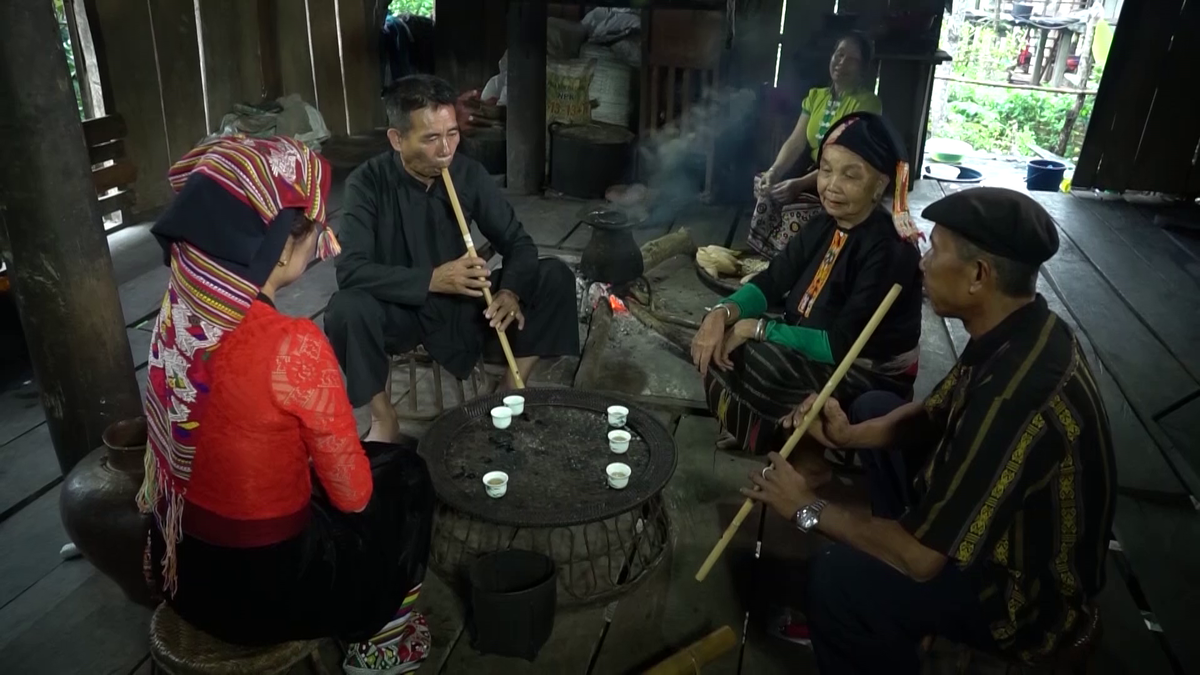



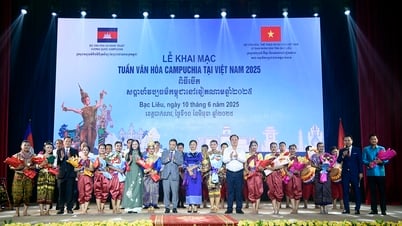














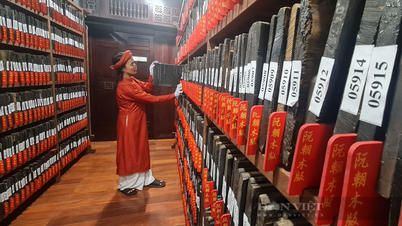

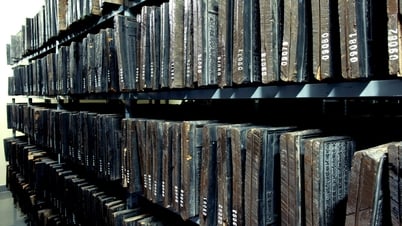



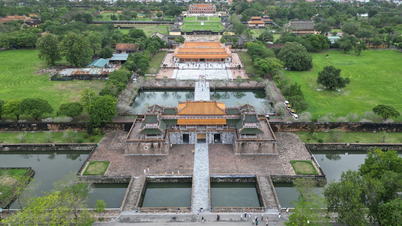



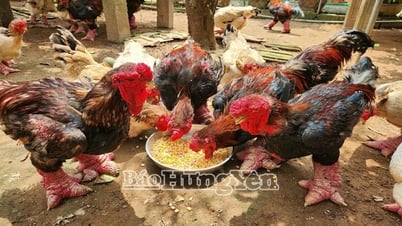

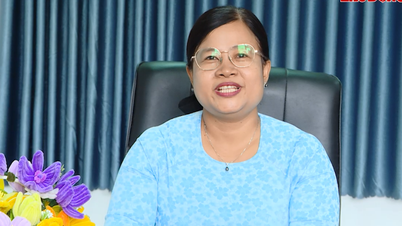

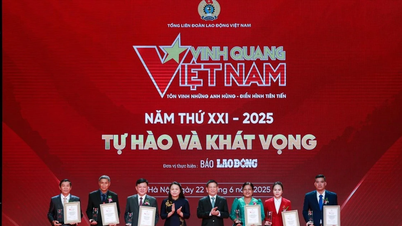

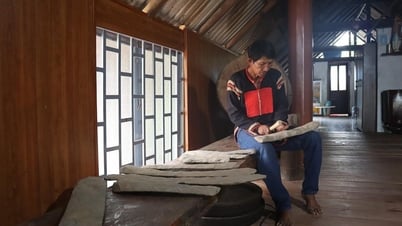

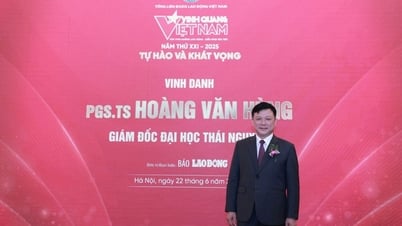

















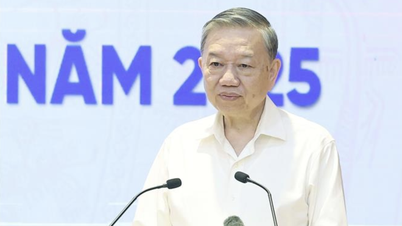






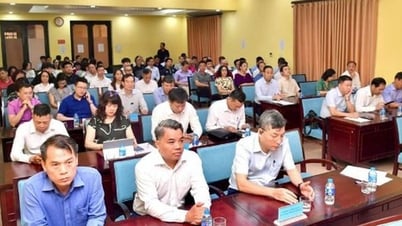


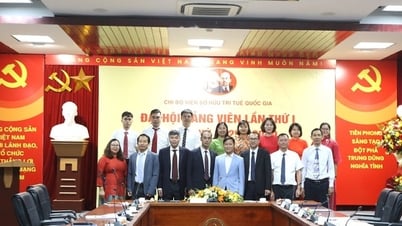



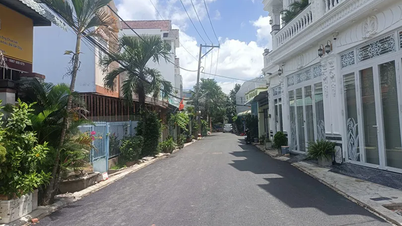







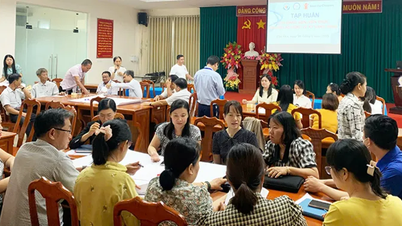













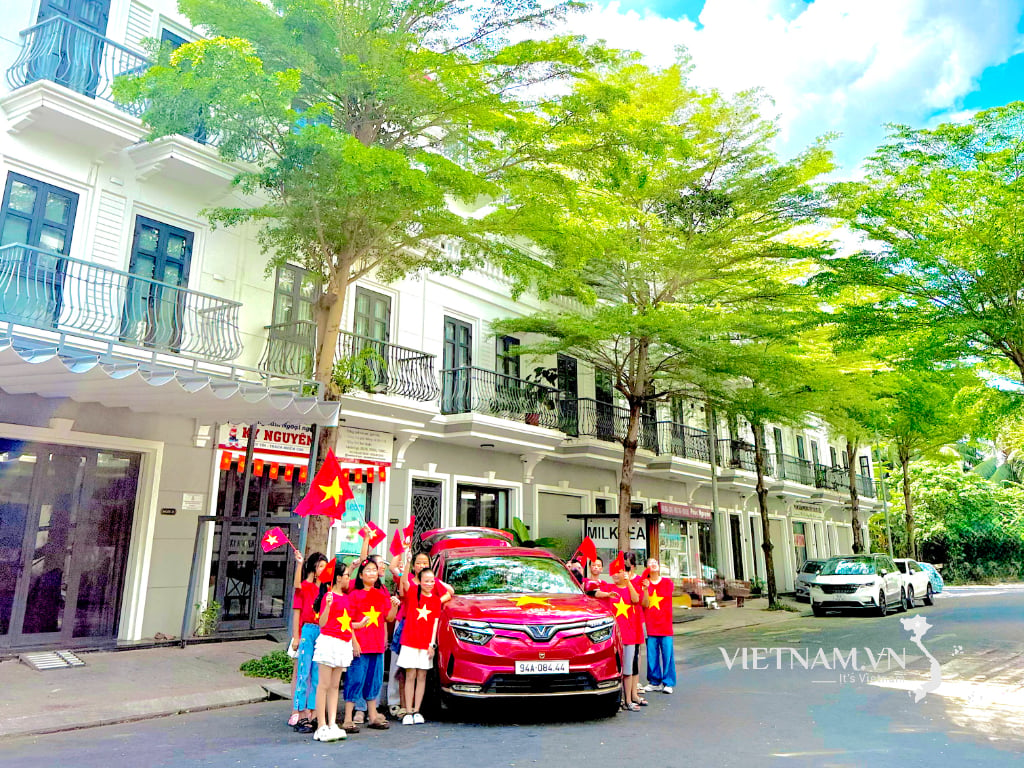
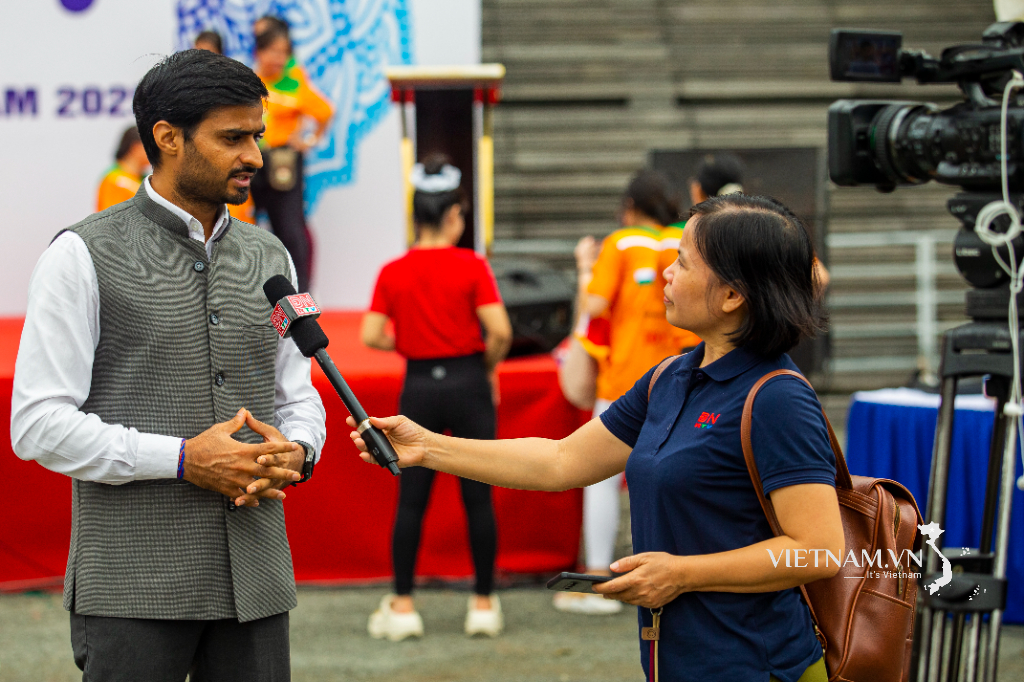

Comment (0)